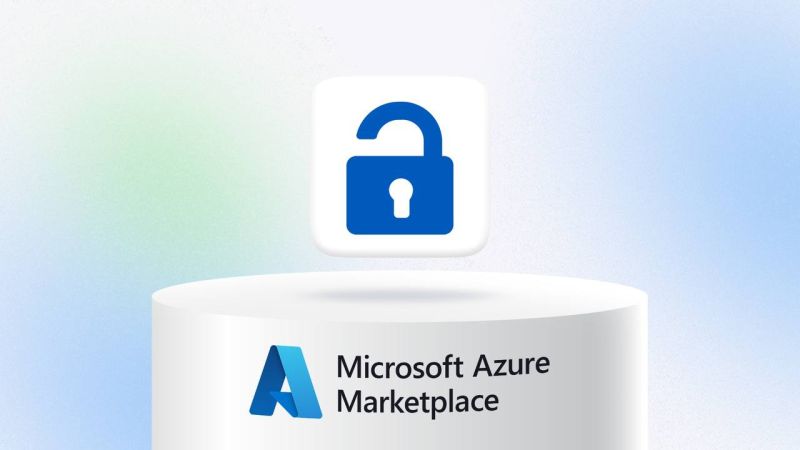
Identity Management https://www.wwpass.com/ Identity Management is a foundational discipline for modern IT security and digital transformation. It encompasses the policies, processes, and technologies used to manage digital identities and control access to resources. As organizations expand cloud usage, mobile workforces, and partner integrations, effective Identity Management becomes critical to protect sensitive data, ensure regulatory compliance, and enable seamless user experiences.
At its core, Identity Management (IdM or IAM — Identity and Access Management) addresses who a user is, what they are allowed to do, and how their activities are audited. Basic components include identity lifecycle management (creation, modification, deprovisioning), authentication (verifying identity), authorization (mapping identity to rights), and auditing/reporting. Modern solutions must also handle federation, single sign-on (SSO), privileged account management, and adaptive access controls that respond to contextual signals like device state, location, and behavior.
Architecturally, Identity Management systems integrate with directories, HR systems, cloud applications, and security infrastructure. Directories such as Active Directory or LDAP often serve as authoritative identity stores for employees, while cloud identity providers (IdPs) like SAML/OpenID Connect platforms broker authentication to SaaS services. Provisioning engines automate account creation and entitlement assignments based on roles or policies, reducing manual errors and accelerating onboarding.
Authentication mechanisms have evolved beyond traditional passwords. Multi-factor authentication (MFA) combining something you know (password), something you have (token, mobile authenticator), or something you are (biometrics) significantly reduces account takeover risk. Passwordless approaches, using public key cryptography or device-based credentials, aim to eliminate weak password practices and phishing vectors. Adaptive authentication applies risk scoring to require extra verification only when needed, balancing security with usability.
Authorization models determine access rights. Role-Based Access Control (RBAC) assigns permissions to roles and users to roles, simplifying management but sometimes becoming rigid in dynamic environments. Attribute-Based Access Control (ABAC) evaluates user, resource, and environment attributes to make context-aware decisions, offering more granular control. Policy engines and access review workflows help maintain least privilege by periodically validating entitlements, a requirement in many compliance regimes.
Privileged Access Management (PAM) focuses on accounts with elevated rights — administrators, service accounts, and automation credentials. PAM solutions provide credential vaulting, just-in-time elevation, session monitoring, and activity recording, mitigating risks associated with excessive privilege and credential reuse. Automation of secrets management (APIs, CI/CD pipelines) is equally important to secure non-human identities used by services and bots.

Federation and SSO reduce friction by allowing users to authenticate once and access multiple applications. Standards such as SAML, OAuth2, and OpenID Connect enable secure token-based authentication and authorization across domains. Federation also supports partner and B2B scenarios, where trust relationships are established between identity providers and service providers, enabling secure collaboration without duplicating identity stores.
Privacy and compliance are inseparable from Identity Management. Regulations like GDPR, HIPAA, and PCI-DSS mandate controls over personal data, retention policies, and breach notification. Identity systems must support data minimization — storing only necessary attributes — and provide mechanisms for consent, access requests, and data portability. Audit trails and reporting capabilities are essential to demonstrate compliance to auditors and regulators.
Security challenges persist. Identity sprawl, where multiple accounts and credentials proliferate across cloud and on-premises systems, increases attack surface. Weak credential practices, social engineering, and misconfigured access policies enable lateral movement and privilege escalation. To counter these risks, organizations should adopt zero trust principles — never trust, always verify — enforcing continuous authentication and authorization for every access request.
Best practices for robust Identity Management include: implementing MFA across all critical systems; adopting least privilege and just-in-time access; automating identity lifecycle processes tied to HR events; centralizing identity governance for unified access review and certification; integrating identity telemetry with security analytics for threat detection; and embracing standards-based federation for secure interoperability.
Emerging trends are reshaping the field. Decentralized identity and verifiable credentials propose models where individuals control their identifiers and selectively disclose attributes, enhancing privacy and reducing centralized data risk. Passwordless authentication leveraging FIDO2/WebAuthn brings strong phishing-resistant protections. AI-driven identity analytics can detect anomalous sessions or risky access patterns, enabling proactive remediation. Additionally, convergence with cloud-native identity services and infrastructure automation ensures scalable identity controls in dynamic environments.
Choosing an Identity Management solution requires evaluating organizational needs: scale, hybrid/cloud mix, regulatory obligations, legacy dependencies, and user experience goals. Vendors differ in capabilities such as identity governance, adaptive authentication, and API security. A phased approach — starting with high-impact areas like MFA deployment and critical application SSO, then expanding to governance and PAM — helps organizations gain quick wins while building toward comprehensive identity maturity.
Identity Management is more than a security project; it is a strategic enabler for digital business. When implemented thoughtfully, it reduces operational friction, supports compliance, and enables secure collaboration across employees, customers, and partners. Conversely, weak identity controls remain a primary factor in breaches and data loss. As threats evolve and digital ecosystems become more interconnected, investing in modern Identity Management practices and technologies is essential to safeguarding assets and preserving user trust.